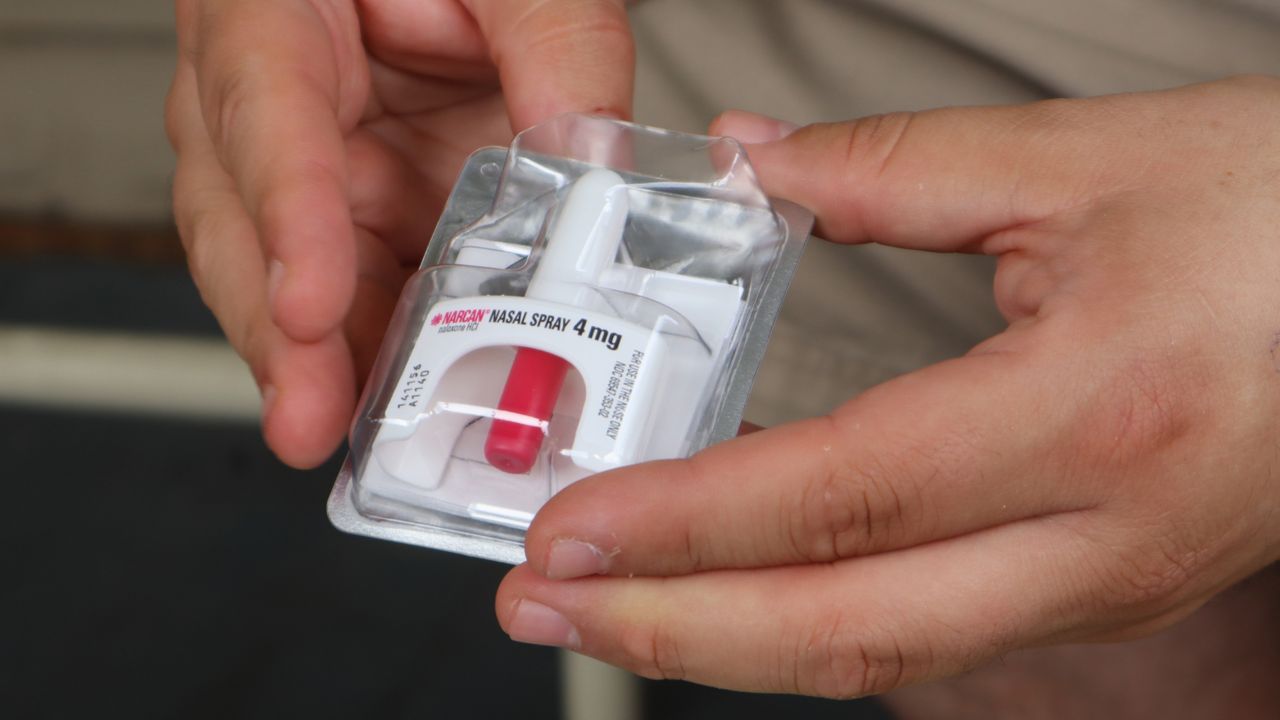As you hit the trails this summer, look out for ticks. Deer ticks can carry bacteria, the most common being Borrelia burgdorferi. according to the CDC, a bacterium that causes Lyme disease.
How do you know if you have Lyme disease? According to The Central New York Lyme & Tick-Borne Disease Alliance, it can look different in everyone. They say in the weeks after you’ve been bit, you will likely have flu-like symptoms, like joint pain or a fever. The red flag that separates Lyme disease from the flu, is having those symptoms in the summer time.
“We encourage anybody who is feeling ill like that with flu like symptoms, in the middle of the summer when its not flu season, to definitely consider Lyme disease even if you didn’t see the tick,” said Royale Scuderi, executive director of the Central New York Lyme & Tick-Borne Disease Alliance.
They caution if Lyme disease isn’t caught in time by you or your doctor, it can progress further and turn into more serious issues like arthritis, or neurological problems. Ticks can also carry other bacterias causing Anaplasmosis, or bartonella; affecting some people more seriously than others.
“It's difficult to get but many people are disabled and can’t work. I didn’t work for three years I was so bad, cognitively and physically, I couldn’t get out of bed. So that’s actually more common than you’d think,” said Scuderi.
If you have been bitten by a tick, after you carefully remove it, send it to the Upstate Tick Lab. Put the tick, dead or alive, in a plastic zipped sandwich bag with a damp paper towel. It's free to do this, and the lab can tell you what potential health concerns are present in the tick you were bit by. They can also send you your results in just a few days.
The Alliance says the number one way to prevent a tick from biting you, is to do a check after you’re done being outside for the day so you can catch it early. Make sure you’re also checking your pets regularly when they come inside, even if they are being treated with tick preventative.










